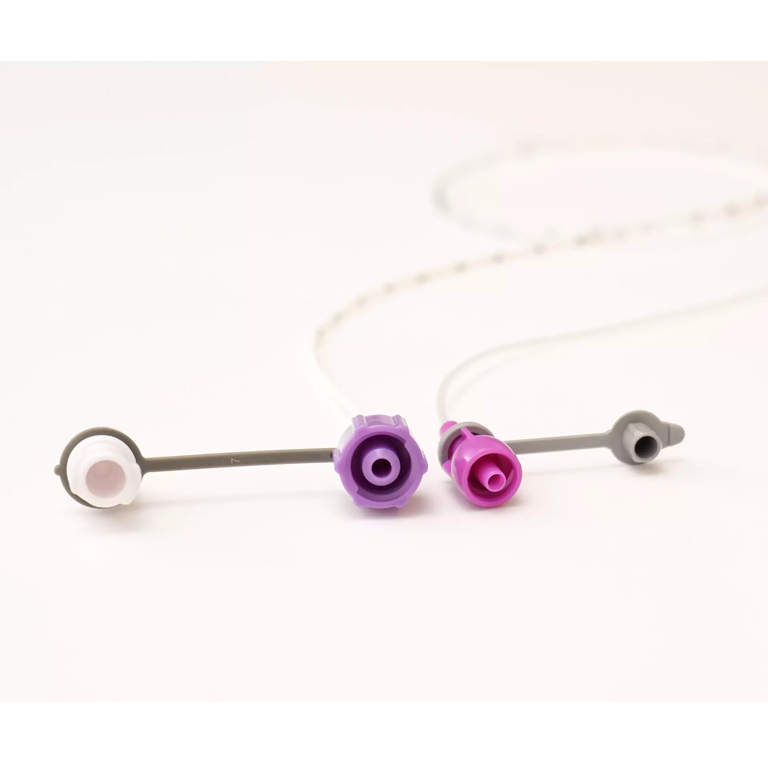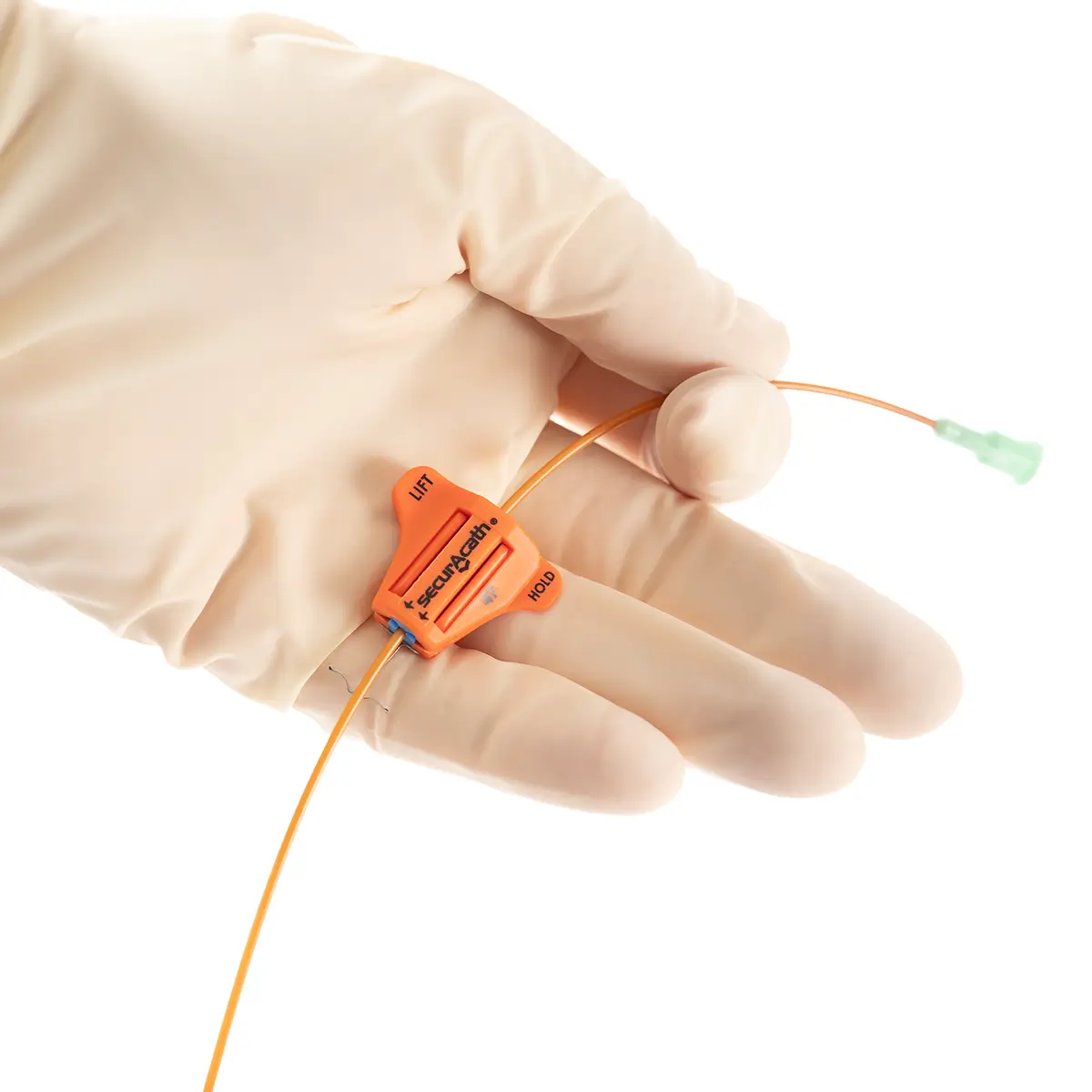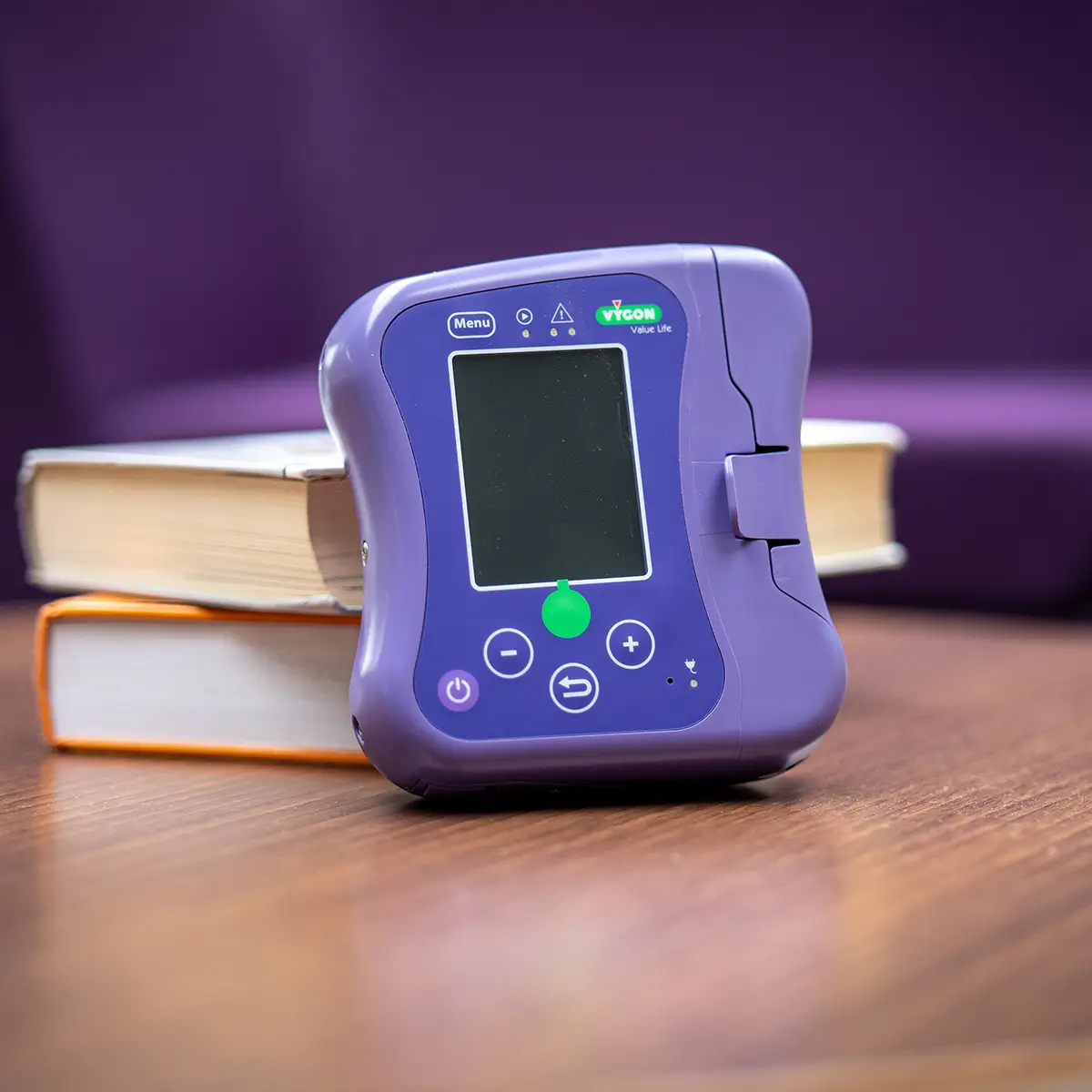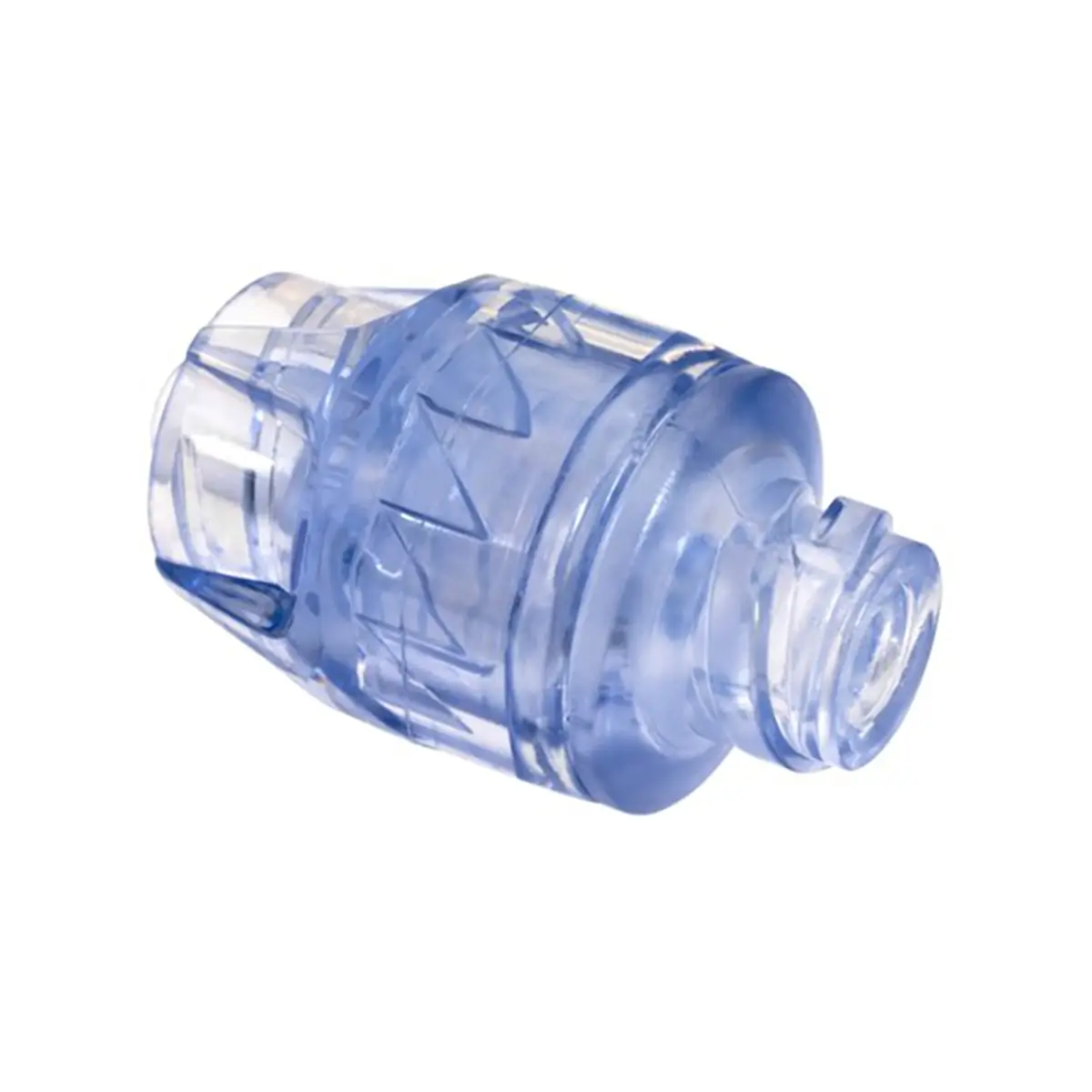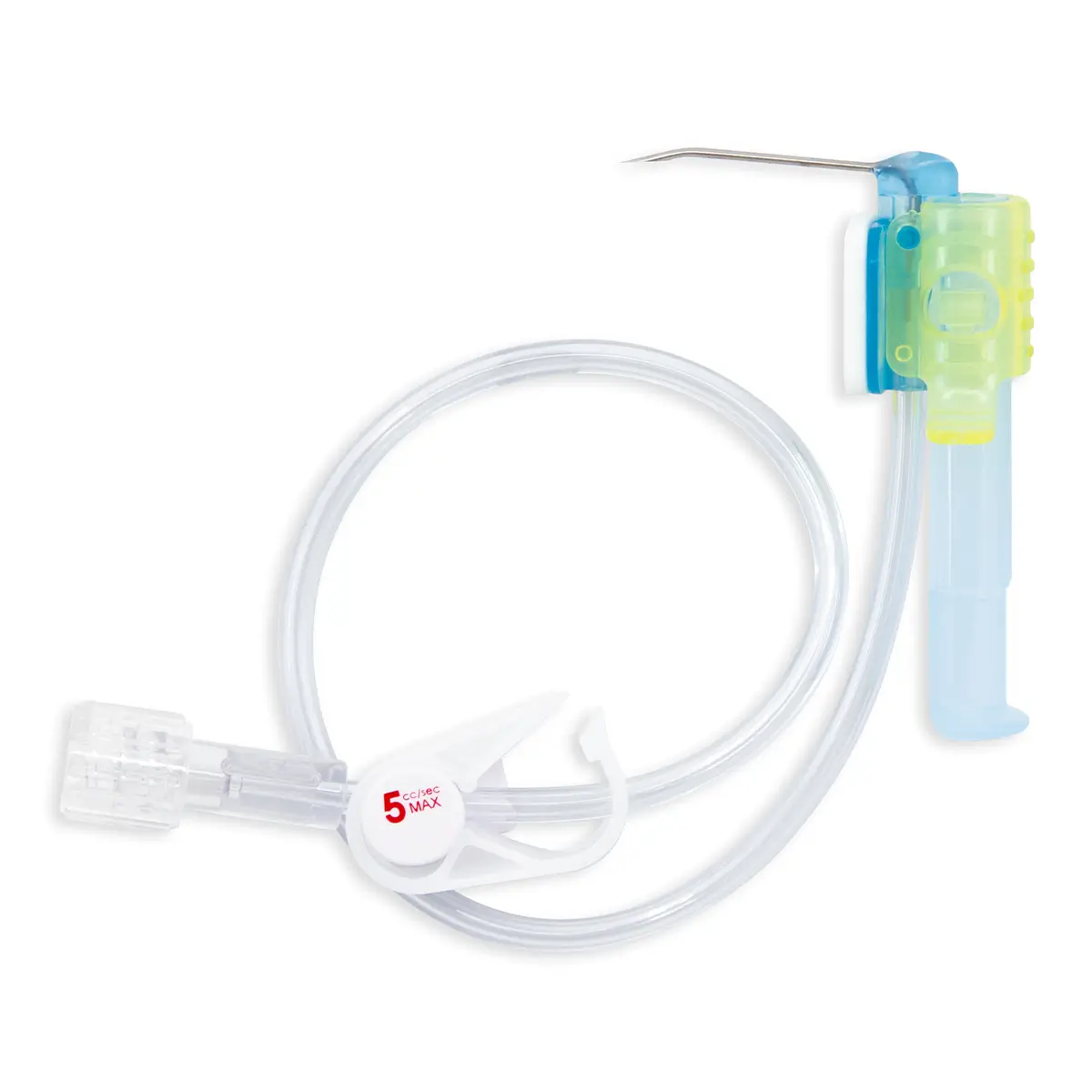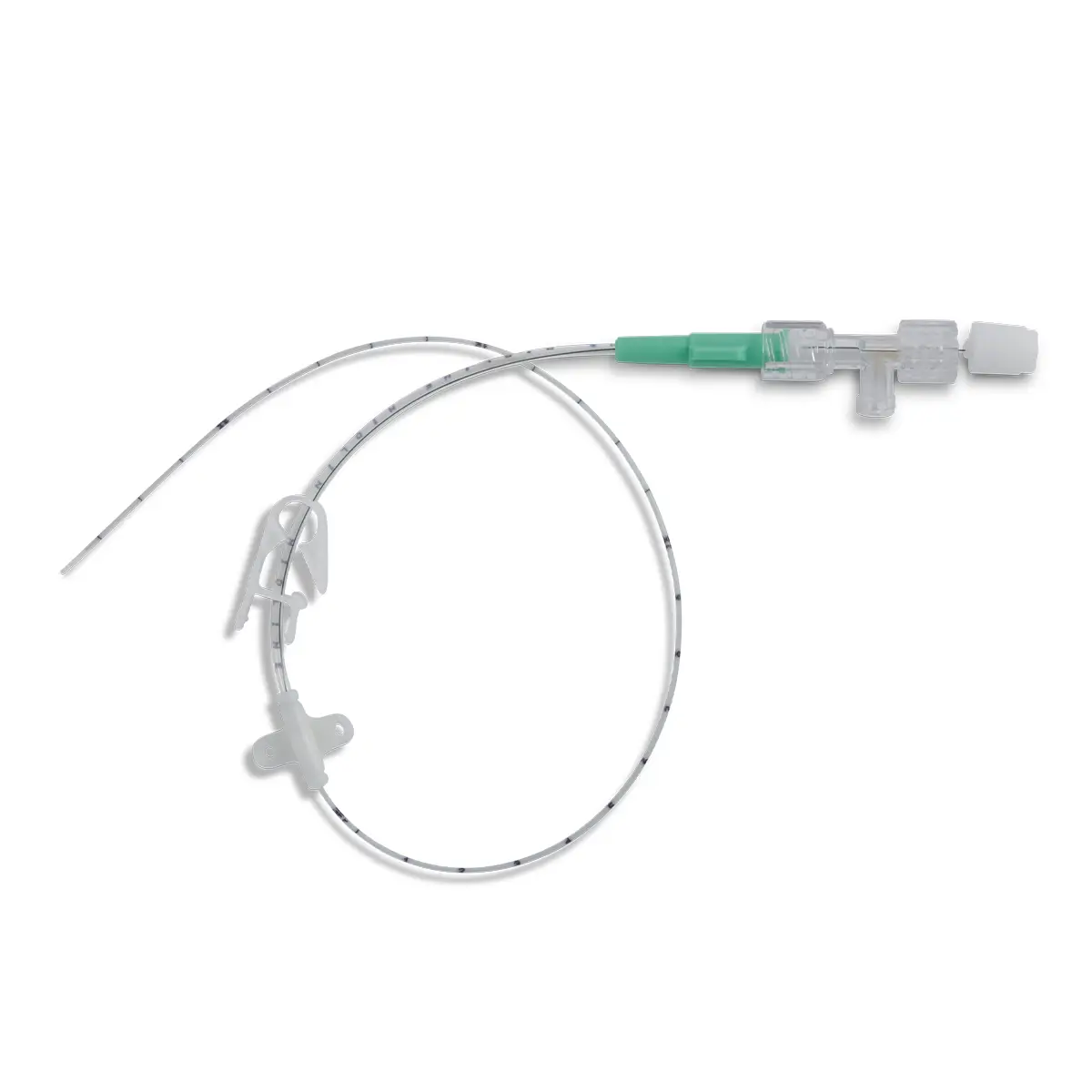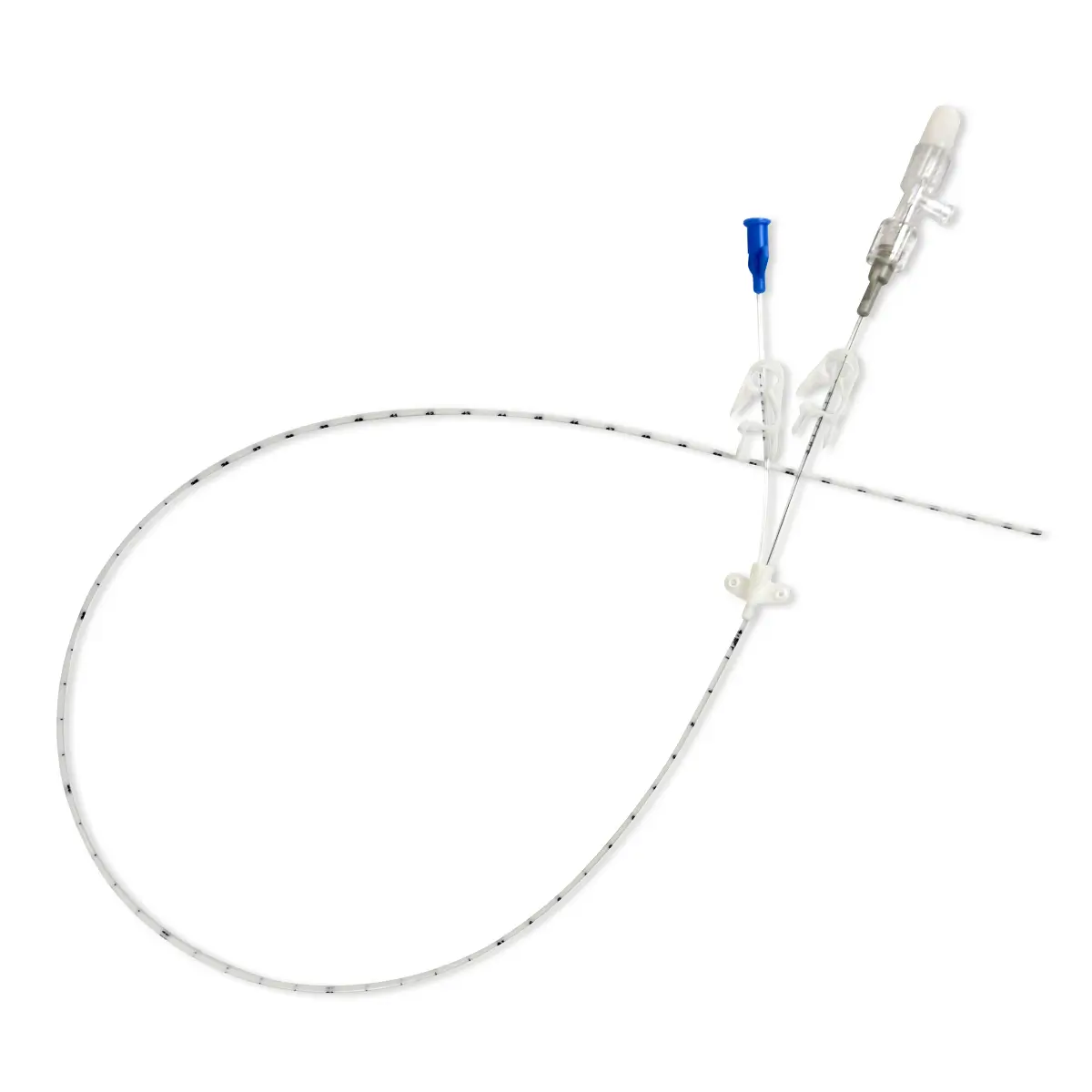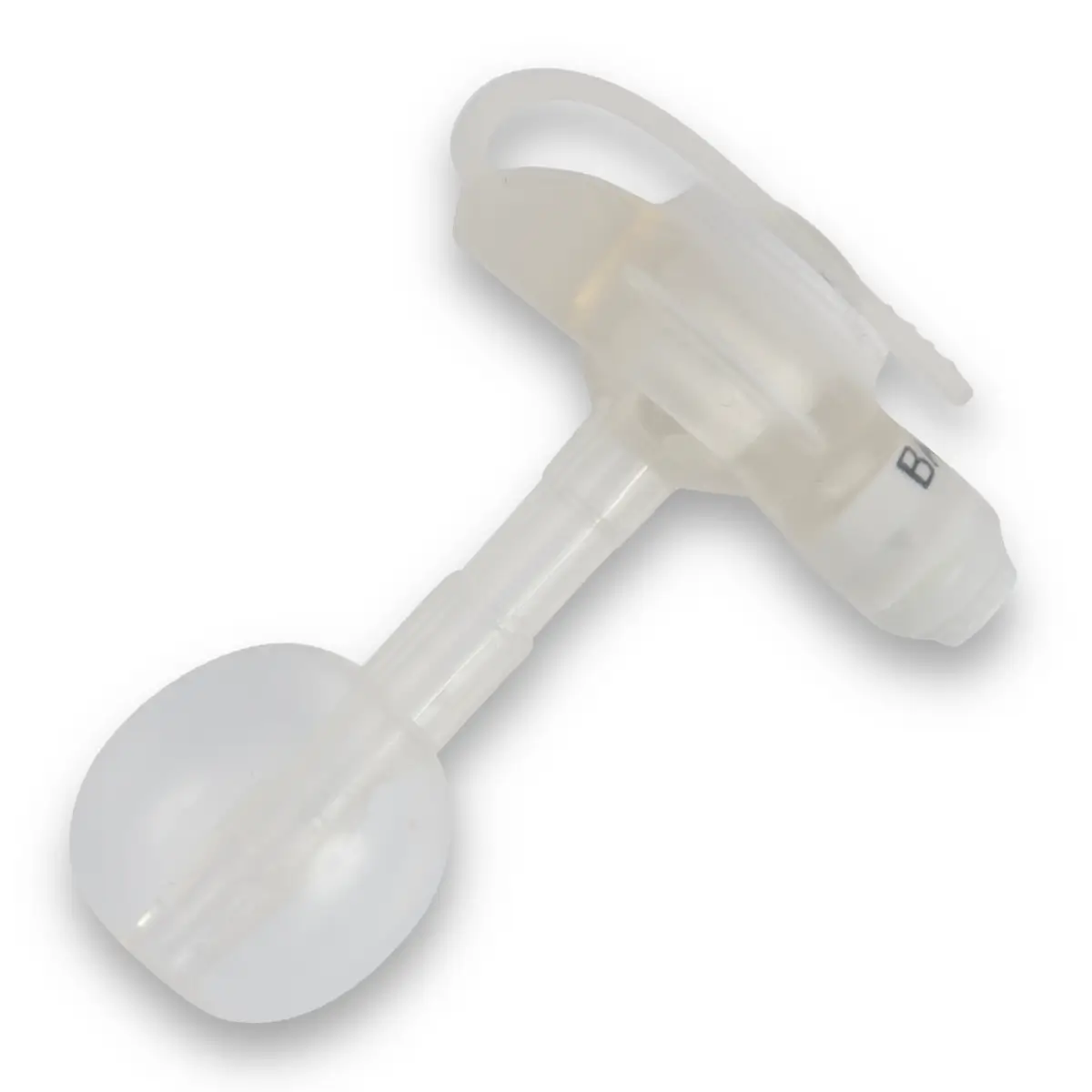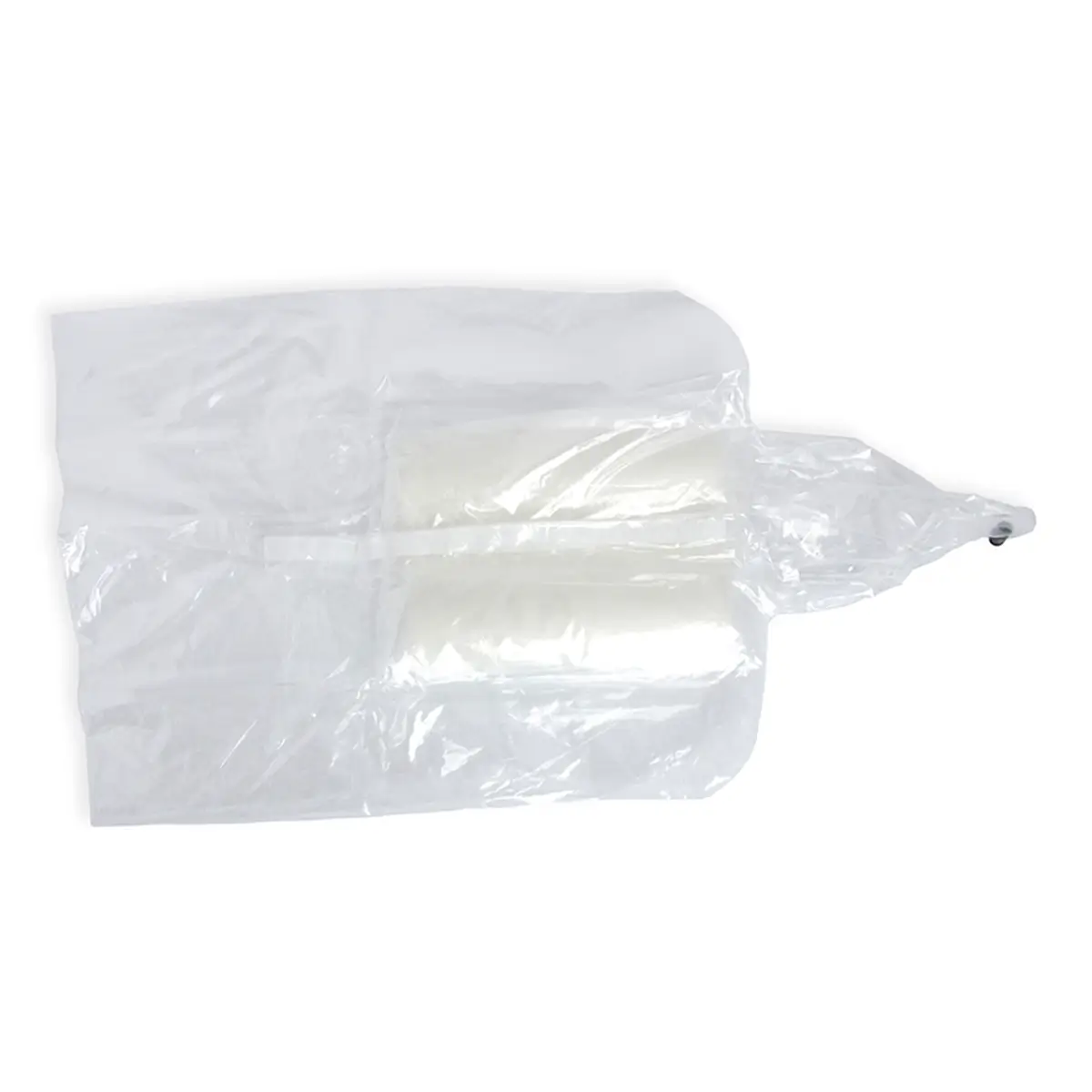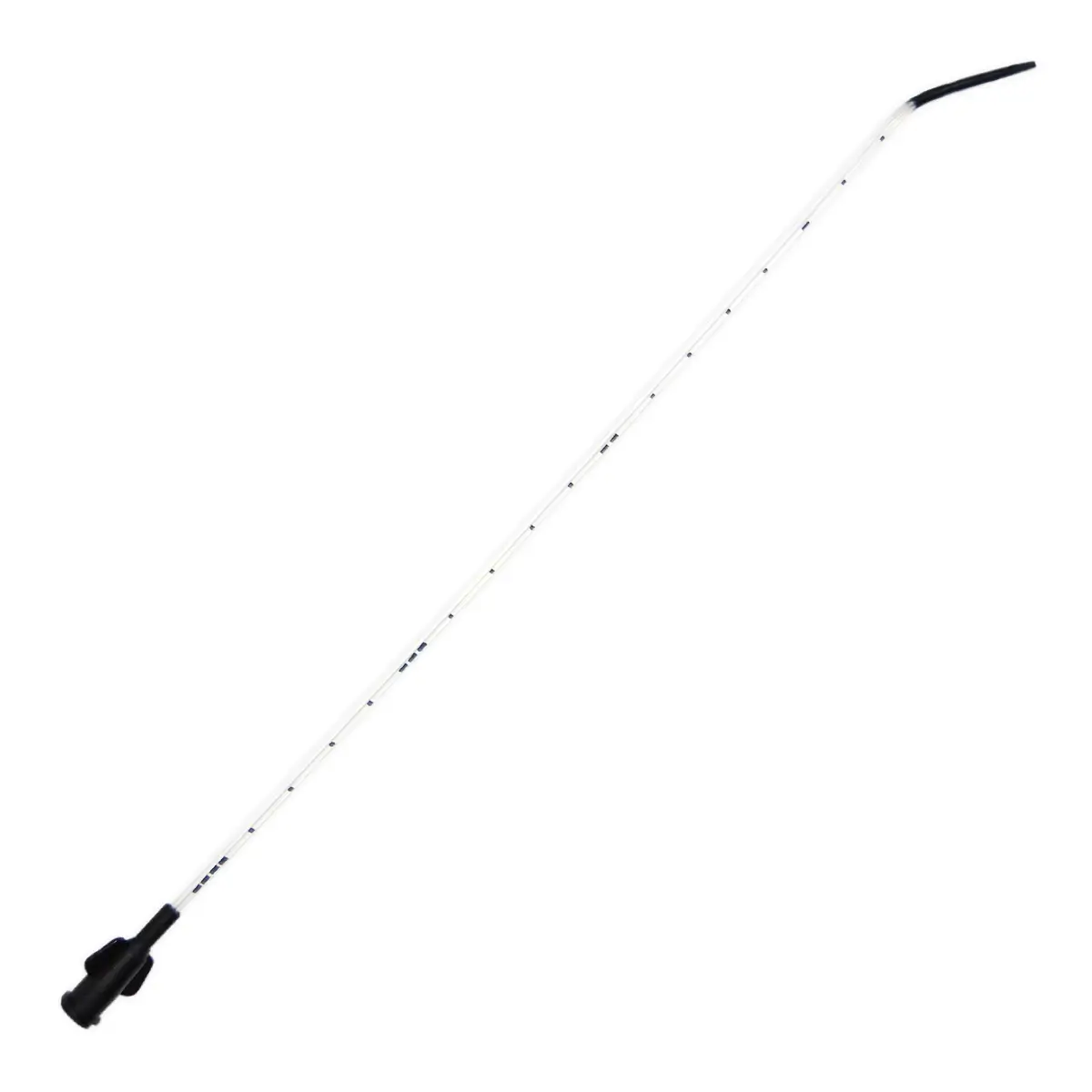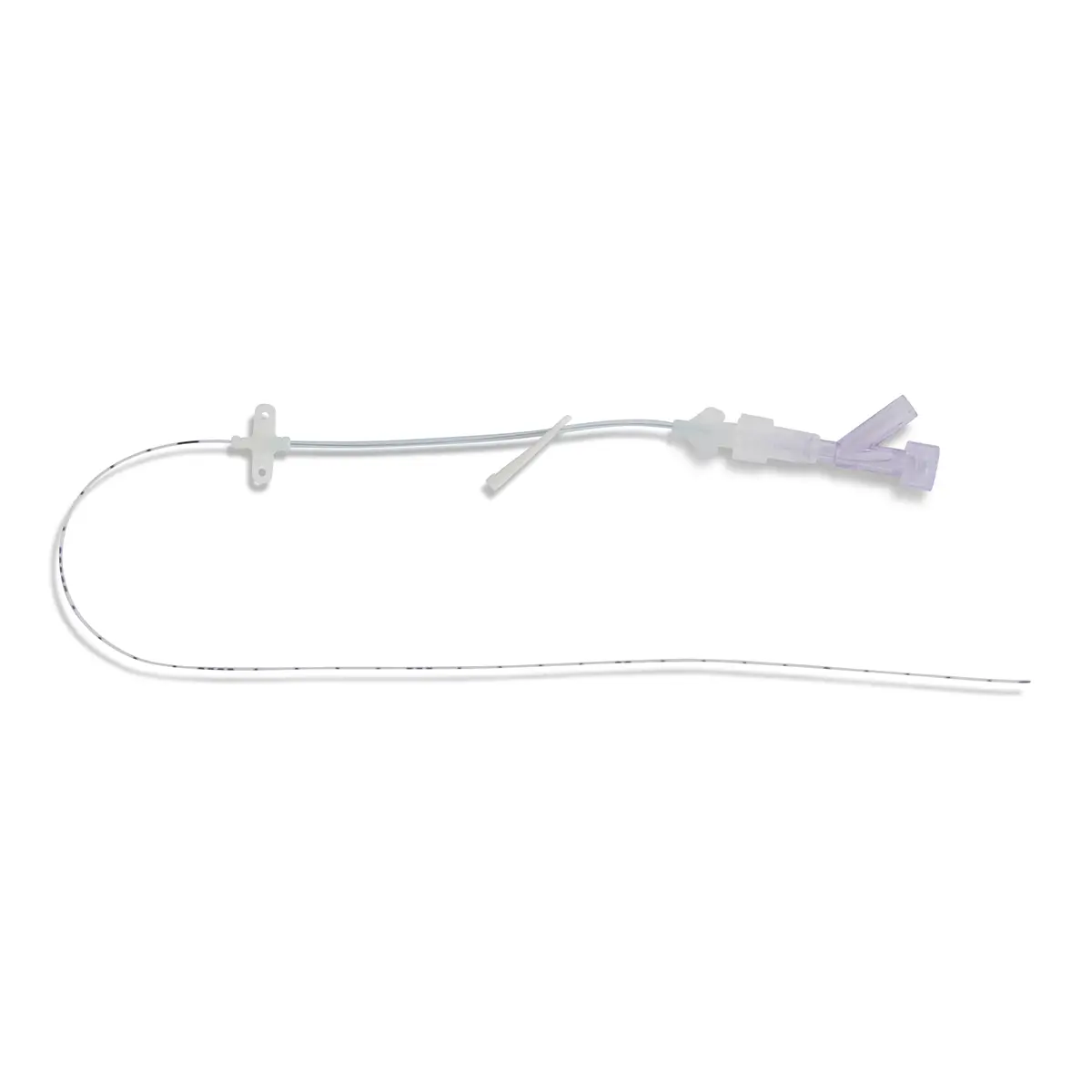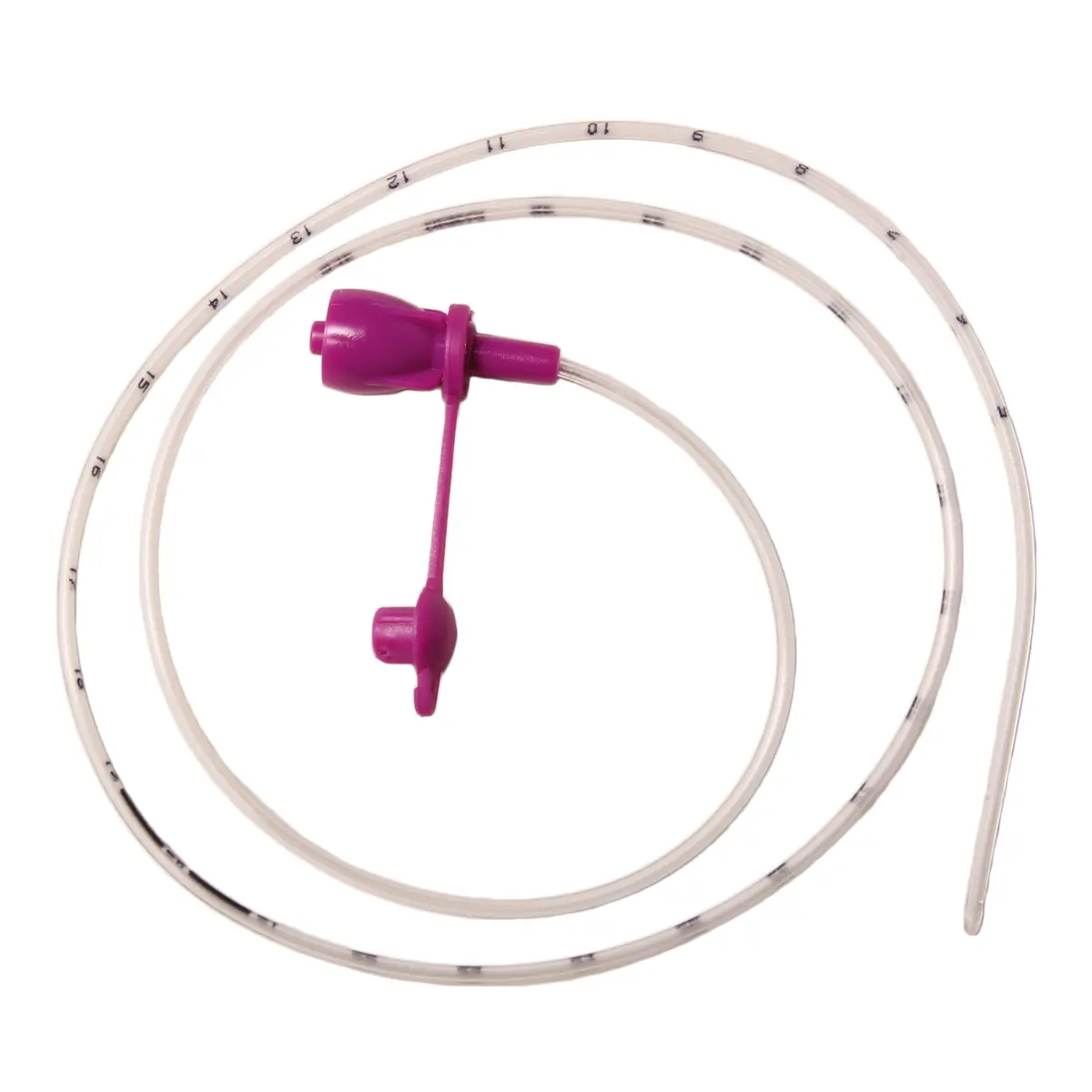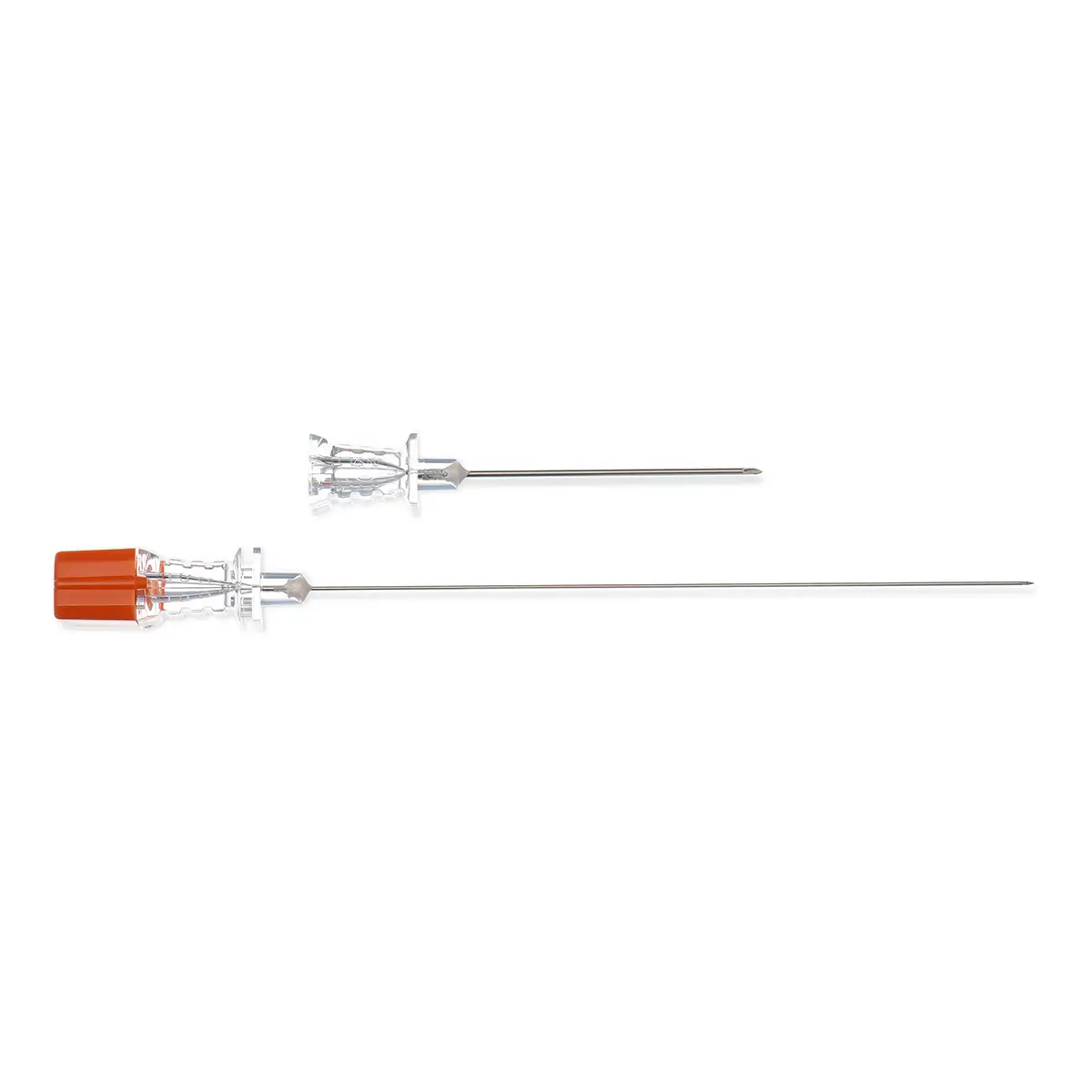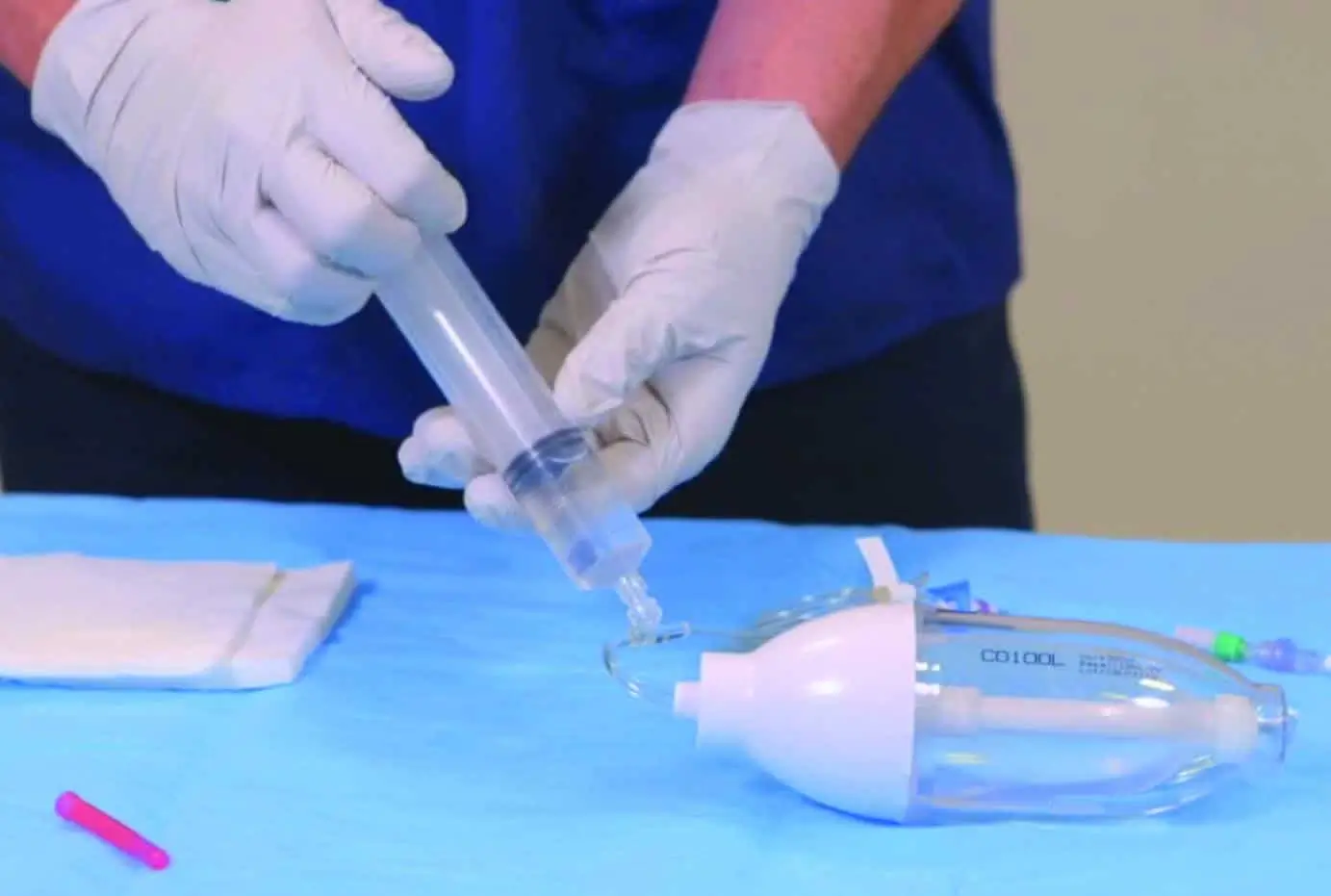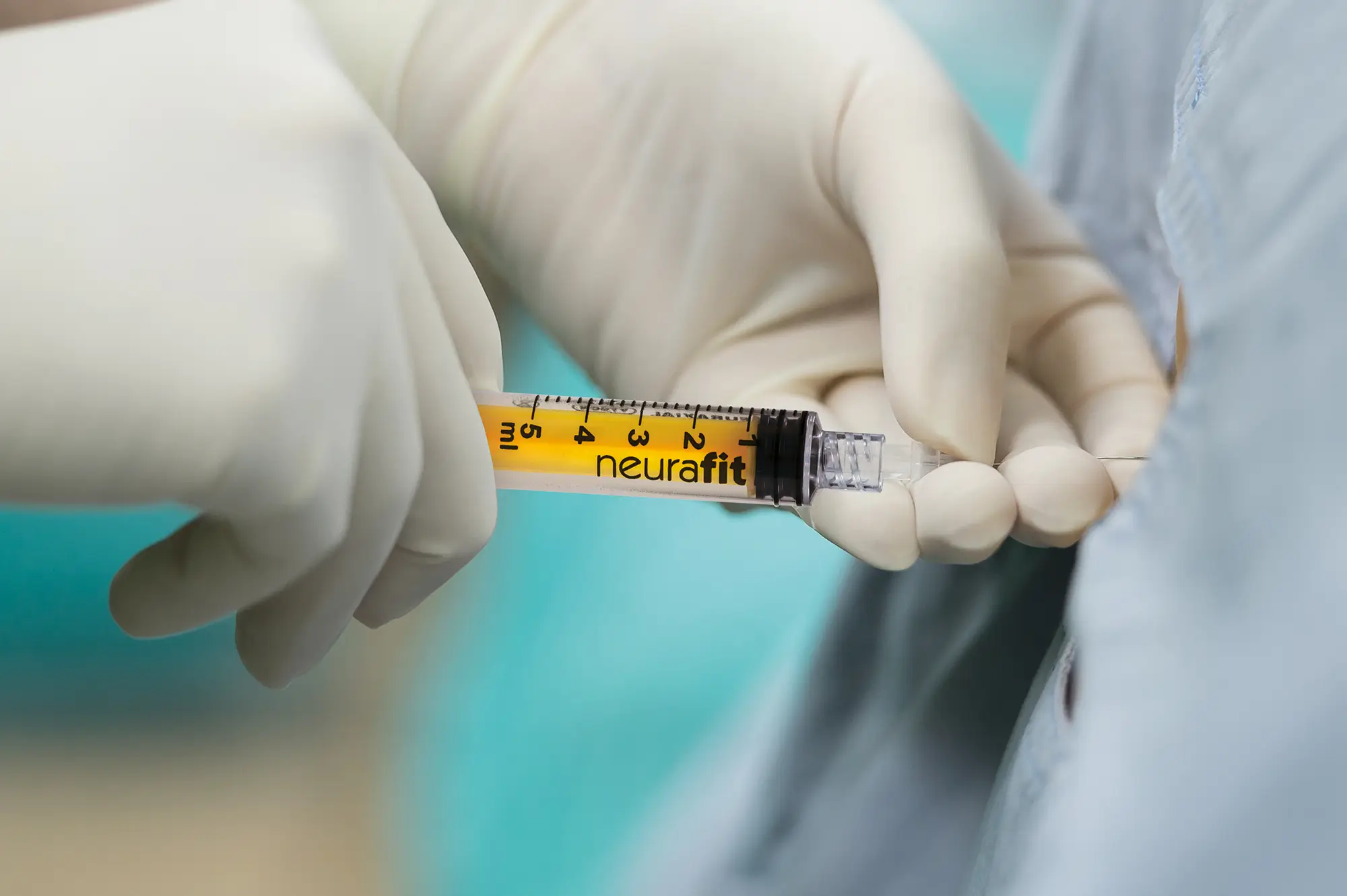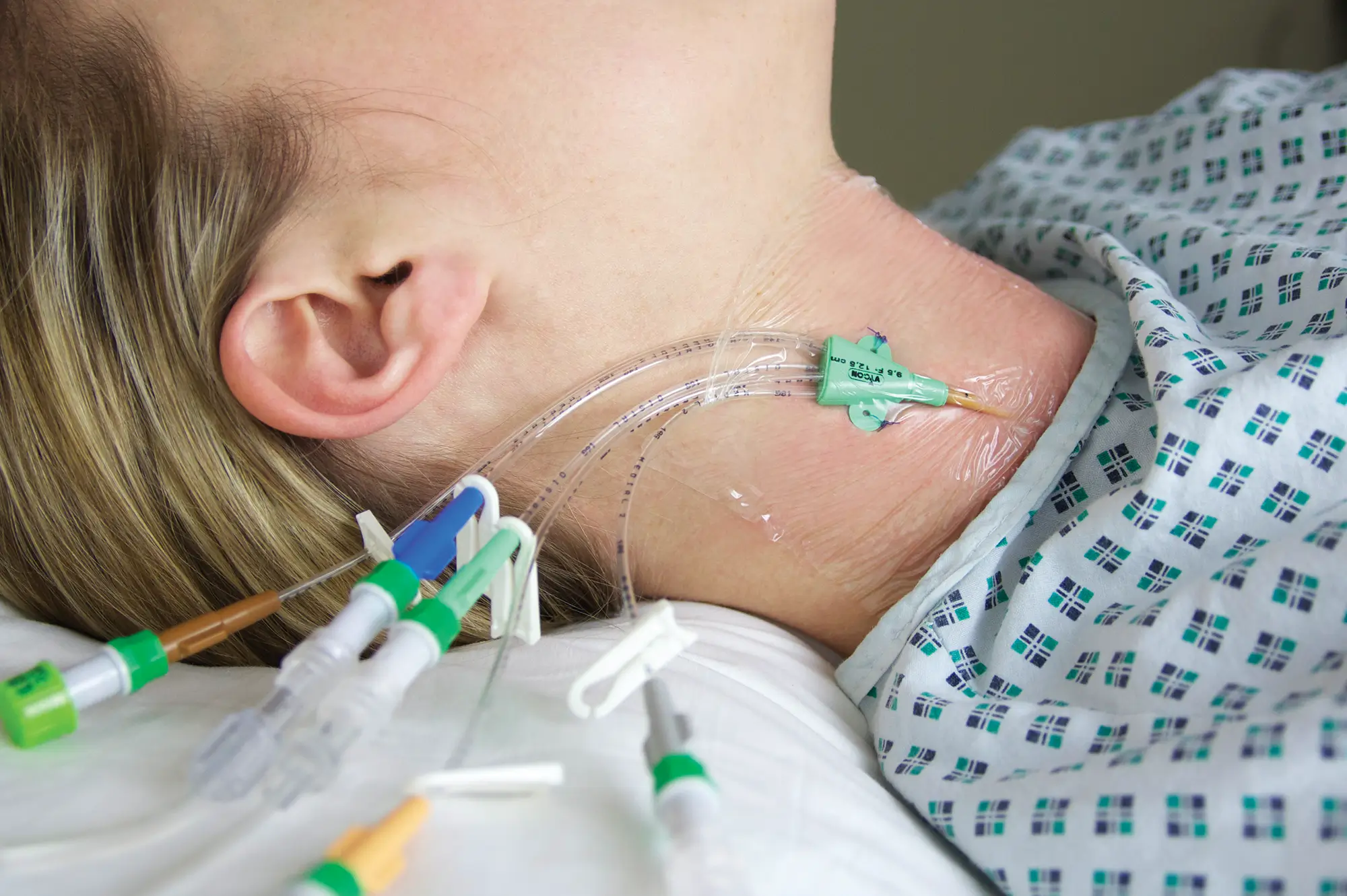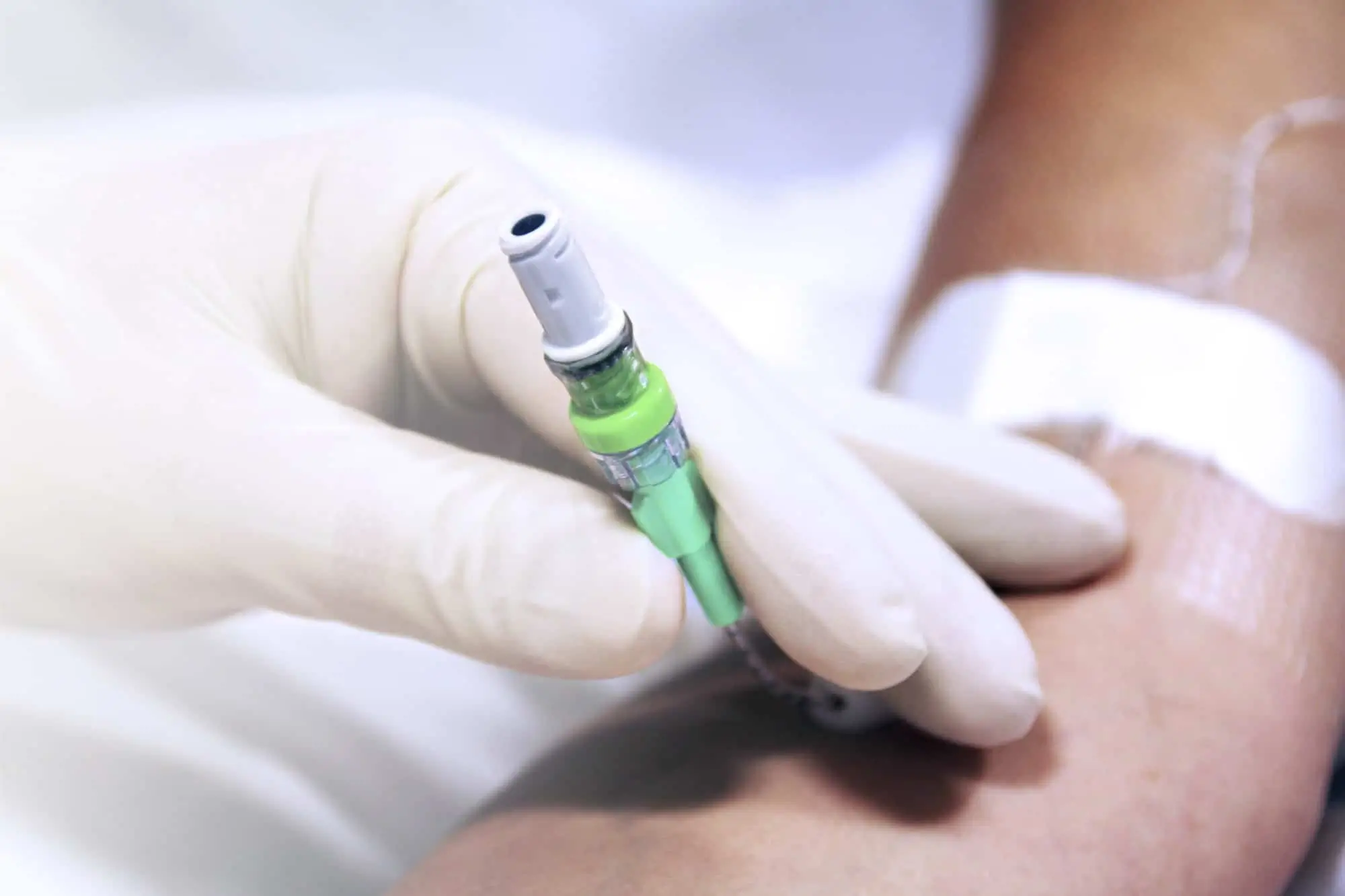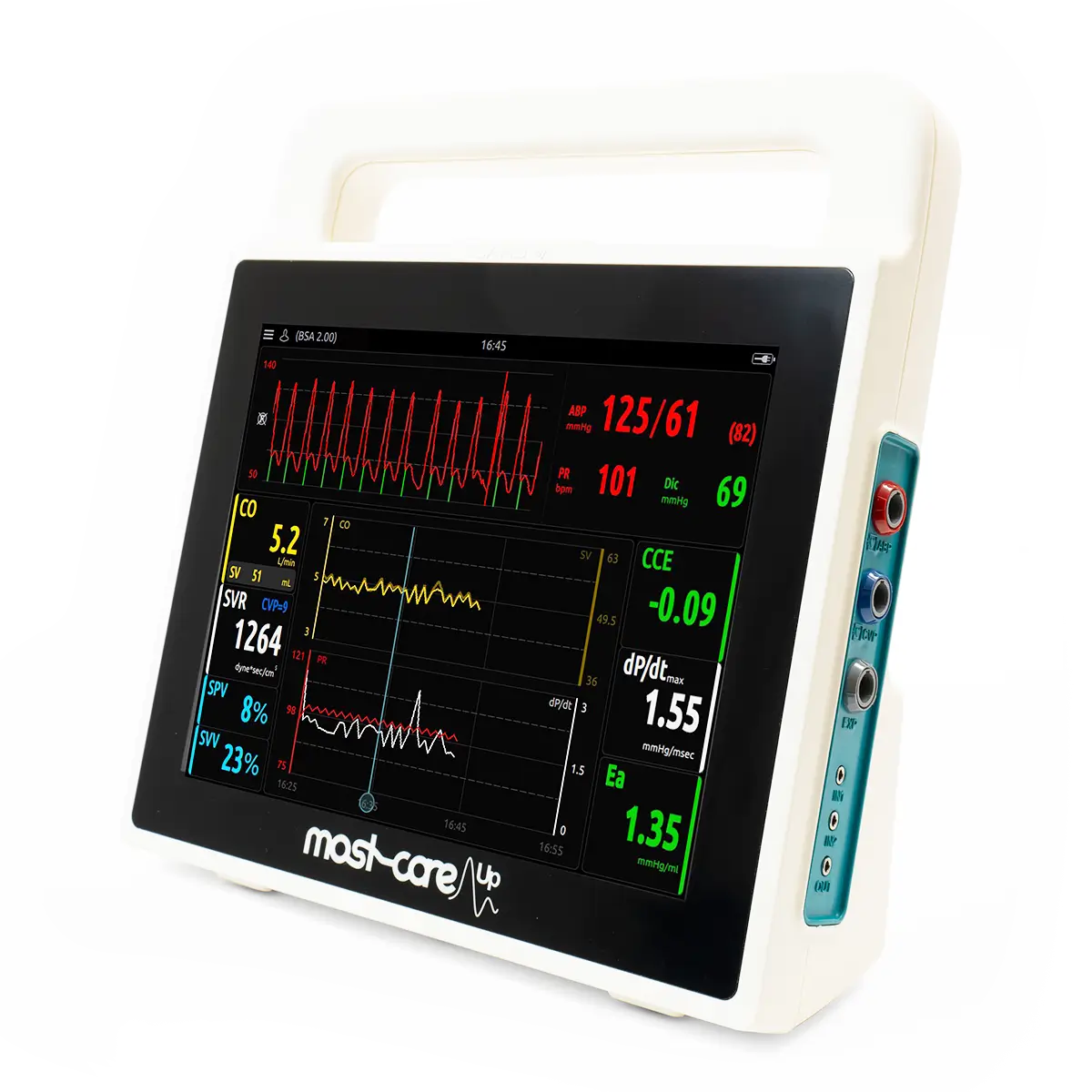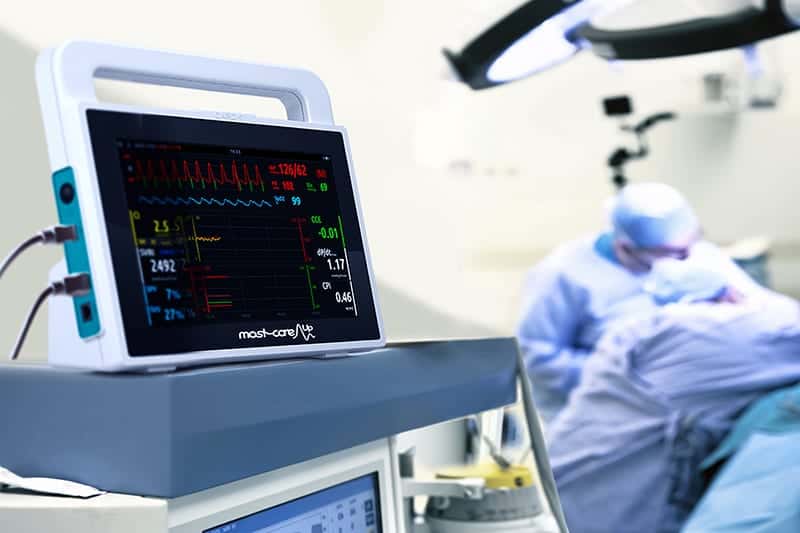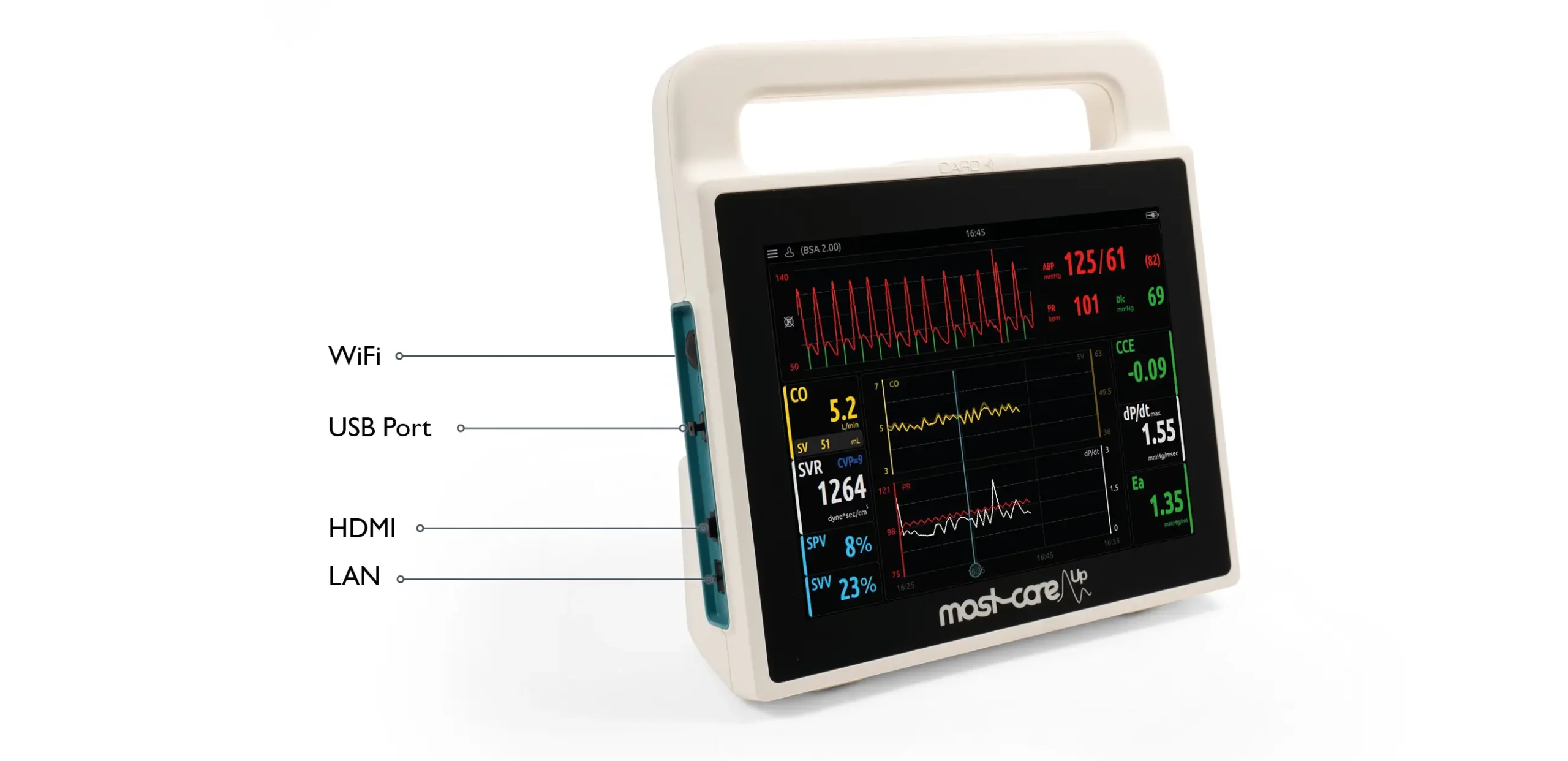Mostcare Up an arterial waveform analysis cardiac output monitor designed to guide and enhance clinical decision making in the Operating Room and Critical Care areas.
Our Mostcare Up monitor provides real time continuous advanced minimally invasive Haemodynamic monitoring for assessment of preload, contractility and afterload. The patented PRAM (Pressure Recording Analytical Method) enables Mostcare Up to calculate cardiac output and other key haemodynamic parameters without the need for calibration or input of demographic data.
Applicable in a wide range of patients, both adult and paediatric populations, Mostcare Up is non user dependent and displays variables and trends on a customisable touch screen display. Personalised markers and a graphical trending screen are easily accessed and the ‘Do & Check’ function that is designed specifically to aid clinician decision making before, during and after interventions.
- HL7 enabled
- 1 USB port
- Battery back up
This monitor is suitable for patients with an arterial transducer in situ.

